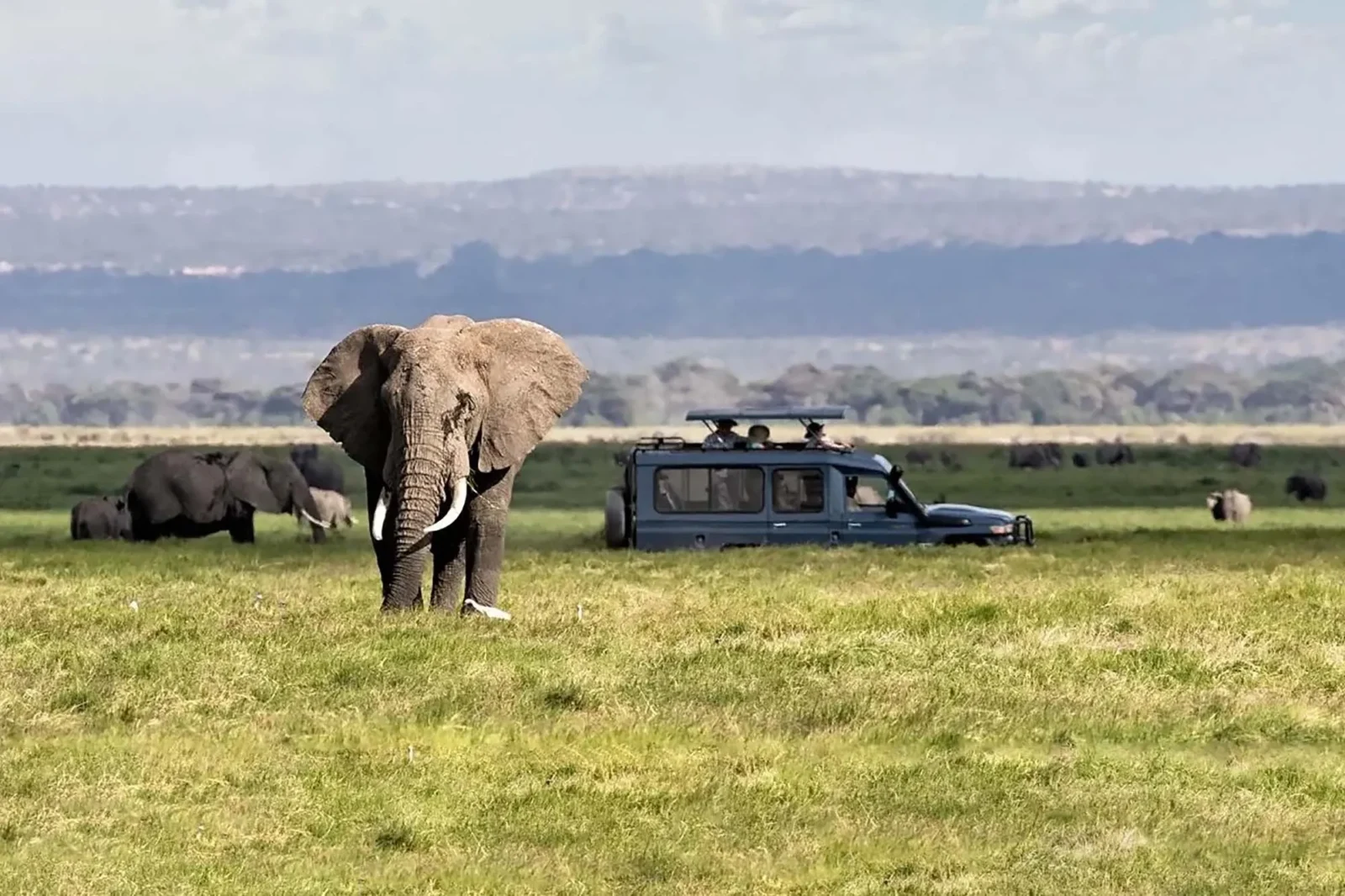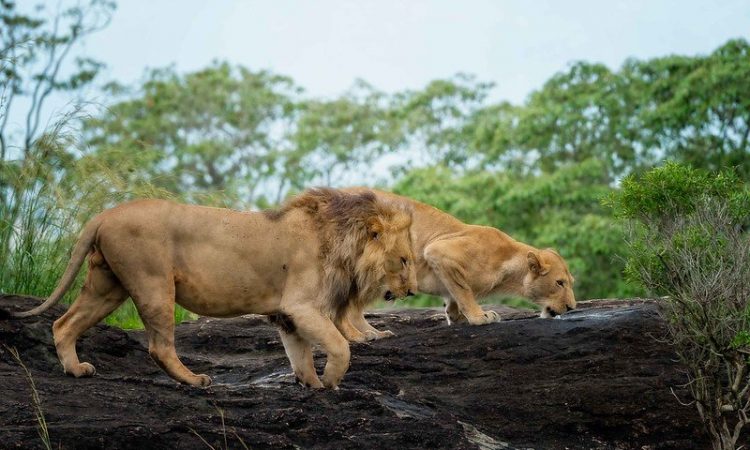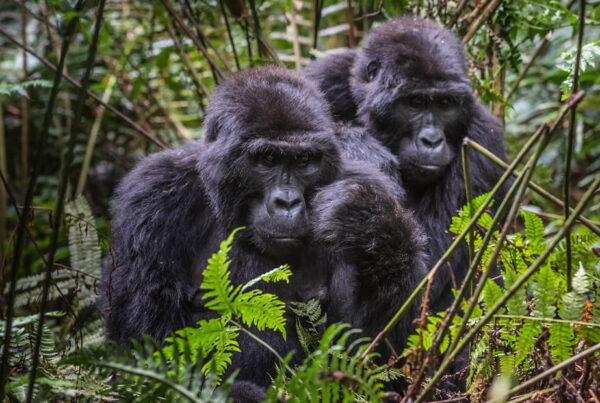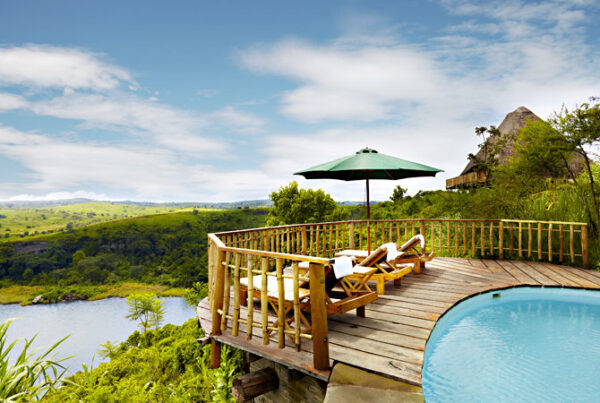Murchison Falls vs Kidepo Valley: Which Safari is Right for You?
The Ultimate Ugandan Safari Dilemma
Uganda, often referred to as the Pearl of Africa, is home to some of the continent’s most spectacular wildlife destinations. Among these, Murchison Falls National Park and Kidepo Valley National Park stand out for their unique ecosystems, diverse wildlife populations, and immersive safari experiences. Yet choosing between these two iconic parks is not always straightforward. Each offers distinct landscapes, wildlife encounters, and adventure opportunities, and the decision hinges on personal preferences, travel style, seasonal considerations, and desired intensity of experience.
Murchison Falls, dominated by the mighty Nile River and its cascading falls, combines riverine and savannah ecosystems, creating a dramatic backdrop for game drives, boat cruises, birdwatching, and photography. Kidepo Valley, in contrast, is a remote, untamed wilderness, characterized by arid savannahs, rugged mountains, and intimate wildlife encounters far from crowds. Understanding the differences, advantages, and unique features of each park is essential for crafting an itinerary that aligns with both expectations and interests.
This guide examines the landscape, wildlife, accessibility, accommodation, and safari experiences offered by Murchison Falls and Kidepo Valley, providing readers with a comprehensive comparison to determine which safari destination best suits their aspirations.
Landscapes and Ecosystems
Murchison Falls National Park is defined by diverse terrain. The northern savannah plains stretch across rolling hills, punctuated by woodland patches and seasonal waterholes. The River Nile carves a dramatic gorge, culminating in the spectacular Murchison Falls, where water is forced through a narrow seven-meter-wide channel before plunging into a mist-filled pool. Wetlands, riverine forests, and escarpments provide additional habitats, supporting a wide range of wildlife species. This variety of ecosystems allows for multi-faceted safari experiences, from boat-based wildlife viewing to traditional game drives and walking excursions.
Kidepo Valley National Park, by contrast, is defined by remoteness and rugged wilderness. Located in northeastern Uganda, it is composed of open savannahs, grassy plains, acacia-studded hills, and the dramatic peaks of the Imatong Mountains. Seasonal rivers, ephemeral wetlands, and rocky outcrops shape the landscape, creating distinct microhabitats for wildlife. The park’s isolation from major urban centers and minimal tourist infrastructure results in a sense of untouched wilderness, where wildlife roams freely with little human interference.
The landscapes of the two parks dictate the type of photographic opportunities, game drive experiences, and overall safari ambiance. Murchison Falls offers dramatic river vistas and dense wildlife clusters, while Kidepo Valley provides expansive, open vistas and intimate encounters with fewer tourists.
Wildlife Diversity and Viewing Opportunities
Wildlife is the centerpiece of any safari, and both parks excel in unique ways. Murchison Falls supports an abundant and diverse population of large mammals. Elephants, lions, giraffes, buffaloes, and Uganda kobs populate the northern savannahs, while hippos and crocodiles dominate the Nile River and wetlands. Predators, including lions and leopards, are regularly encountered, particularly near water sources. Birdlife is equally impressive, with over 450 species recorded, ranging from raptors and waterfowl to the elusive shoebill stork.
Kidepo Valley, though smaller and more remote, offers exceptionally intimate wildlife encounters. Large herds of elephants, buffaloes, and oribi graze peacefully in the open plains, while predators such as lions, cheetahs, and leopards can be spotted hunting or resting in secluded areas. Kidepo is renowned for its populations of African wild dogs, a species rarely seen elsewhere in Uganda. Birdwatchers also benefit from the park’s diversity, with over 400 species recorded, including raptors and unique arid-zone birds.
The key difference lies in density and accessibility. In Murchison Falls, wildlife is often concentrated near water sources, making sightings frequent and predictable. In Kidepo Valley, wildlife is dispersed across vast plains, offering fewer but more exclusive and undisturbed encounters, ideal for travelers seeking solitude and authenticity.
Safari Experiences and Activities
Murchison Falls offers a wide range of safari activities that appeal to diverse interests. Game drives in the northern savannahs allow for the observation of large herds and predator-prey interactions, while boat cruises along the Nile provide unique perspectives of the falls, riverine wildlife, and bird species. Walking safaris and guided nature walks allow for detailed study of flora, smaller mammals, and birdlife, while hot air balloon safaris offer panoramic aerial views of the Nile, the falls, and surrounding landscapes. The combination of water-based and land-based experiences ensures a dynamic and varied safari.
Kidepo Valley emphasizes remote exploration and adventure. Game drives are conducted across wide plains and rugged hills, often without encountering other tourists. Walking safaris offer the chance to track wildlife on foot, observe birds in their natural habitats, and experience the park’s landscapes intimately. Cultural visits to local Karamojong communities can be incorporated, providing insights into traditional lifestyles, rituals, and crafts. The remoteness of Kidepo creates a sense of untamed wilderness, where encounters with wildlife feel personal and unmediated.
For photographers, Murchison Falls provides dramatic compositions of waterfalls, rivers, and abundant wildlife, while Kidepo Valley offers pristine landscapes, uninterrupted vistas, and candid wildlife behavior. Both parks demand patience and attentiveness, but the resulting images differ in style—Murchison emphasizing grandeur and dynamism, Kidepo emphasizing intimacy and authenticity.
Accessibility and Travel Considerations
Accessibility is a significant factor when choosing between the two parks. Murchison Falls is relatively easy to reach from Kampala, with a drive of approximately 5-6 hours or short domestic flights to nearby airstrips. Roads within the park are generally navigable, particularly in the dry season, allowing for organized game drives and boat excursions with minimal logistical challenges.
Kidepo Valley, in contrast, is remote and rugged, located over 500 kilometers from Kampala. Access requires domestic flights to Moroto or via long overland journeys on rough roads, making it less accessible for travelers with limited time or preference for comfort. The remoteness, however, enhances its appeal for adventurous travelers seeking isolation, uninterrupted wilderness, and authentic encounters with wildlife and local communities.
Seasonal considerations also affect access. During the wet season, certain roads in Kidepo may become difficult to navigate, while Murchison Falls remains largely accessible due to established infrastructure and proximity to major towns.
Accommodation Options
Murchison Falls offers a wide range of accommodation choices, from luxury lodges overlooking the Nile and falls to mid-range lodges and tented camps. Many lodges provide inclusive safari packages, guided excursions, and amenities designed for comfort and convenience. This accessibility enhances the appeal for families, first-time safari-goers, and photographers seeking multiple vantage points.
Kidepo Valley’s accommodations are fewer and more rustic, consisting primarily of tented camps and lodges integrated into the natural landscape. These lodges prioritize eco-friendly design, seclusion, and proximity to wildlife, offering an immersive experience at the expense of certain comforts. Travelers to Kidepo must be prepared for simpler infrastructure, limited connectivity, and self-sufficiency, making it ideal for those seeking adventure rather than luxury.
Seasonal and Wildlife Timing Considerations
Both parks offer distinct experiences depending on the season. In Murchison Falls, the dry season (December–February, June–September) concentrates wildlife near permanent water sources, improving visibility and photographic opportunities. The wet season brings lush greenery, flowing rivers, and migratory birds, enhancing birdwatching and landscape photography but potentially complicating access to some areas.
Kidepo Valley’s wildlife is highly visible during the dry season, when animals gather near water points, while the wet season disperses wildlife across the plains and increases vegetation density. The dry season also ensures that roads and trails remain passable, crucial for both game drives and walking safaris.
Comparing the Safari Experience: Luxury vs Wilderness
Murchison Falls is often described as a versatile safari destination, offering adventure, comfort, and photographic opportunities. The combination of riverine and savannah landscapes allows for a variety of activities suitable for families, photographers, and first-time safari-goers. Its infrastructure, lodges, and guided experiences provide a structured yet immersive safari.
Kidepo Valley, by contrast, embodies untamed wilderness and solitude. Its remoteness, sparse tourism, and expansive landscapes appeal to travelers seeking an authentic African experience, where wildlife encounters are intimate, and the sense of adventure is heightened. Kidepo demands adaptability and resilience, rewarding those who prioritize raw experiences over luxury or convenience.
Choosing the Right Safari
The choice between Murchison Falls and Kidepo Valley ultimately depends on personal preferences, time availability, and desired safari style. Murchison Falls is ideal for travelers seeking a balance of comfort, diverse activities, and concentrated wildlife encounters, with opportunities for photography, boat excursions, and cultural experiences. Kidepo Valley appeals to those seeking solitude, adventure, and intimate encounters with wildlife in a pristine, remote wilderness.
For travelers who wish to explore either or both parks while ensuring a seamless and responsible safari experience, booking through WildHorn Africa is highly recommended. Their expertise in itinerary planning, guided excursions, and sustainable tourism practices ensures that visitors maximize wildlife encounters, capture unforgettable moments, and contribute positively to Uganda’s conservation efforts. By choosing WildHorn Africa, every safari becomes not only an adventure but a meaningful connection with Uganda’s natural and cultural heritage.





 WildHorn Africa – Authentic and unforgettable tours across Africa, guided by local experts who know the land, wildlife, and culture best.
WildHorn Africa – Authentic and unforgettable tours across Africa, guided by local experts who know the land, wildlife, and culture best.


